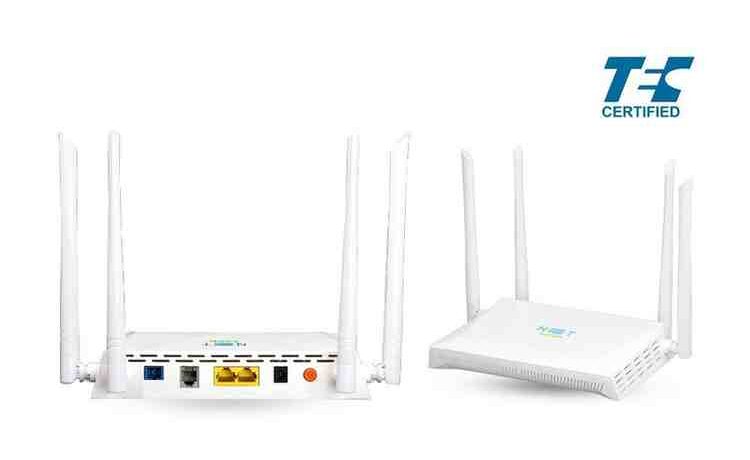Understanding Band Steering in Wi-Fi: What It Is and Why It Matters? Leave a comment
Understanding Band Steering in Wi-Fi: What It Is and Why It Matters?
In today’s digital world, seamless internet connectivity isn’t a luxury—it’s a necessity. With homes and businesses packed with smart devices, traditional Wi-Fi setups can often struggle to deliver fast, stable connections to every corner. One powerful feature that modern routers offer to tackle this problem is band steering.
But what exactly is band steering, and why is it important for your Wi-Fi experience? Let’s break it down.
What Is Band Steering?
Band steering is a smart Wi-Fi feature that helps devices automatically connect to the most suitable frequency band—either 2.4 GHz or 5 GHz—depending on which one can deliver better performance at a given moment.
Most dual-band or tri-band routers broadcast multiple Wi-Fi signals at once. Without band steering, devices typically choose which signal to connect to based on their own logic, which isn’t always optimal. Band steering intelligently guides dual-band capable devices to connect to the less congested and faster 5 GHz band when appropriate.
The Difference Between 2.4 GHz and 5 GHz
To fully appreciate band steering, it’s important to understand the two bands:
-
2.4 GHz Band
-
Greater range
-
Lower speed
-
More susceptible to interference (from microwaves, Bluetooth, etc.)
-
More crowded, especially in densely populated areas
-
-
5 GHz Band
-
Higher speed
-
Shorter range
-
Less interference
-
Ideal for streaming, video conferencing, and online gaming
-
Band steering works by nudging devices away from the overused 2.4 GHz band and onto the cleaner, faster 5 GHz band when signal strength and proximity allow.
Why Band Steering Matters
-
Better Performance
Devices get a faster and more stable connection when directed to the appropriate band. -
Reduced Congestion
By balancing devices across both bands, overall Wi-Fi performance improves, especially in high-traffic environments. -
Improved User Experience
No more manual switching between SSIDs or troubleshooting sluggish internet—band steering automates the process. -
Optimized for Smart Homes
With more smart home devices relying on Wi-Fi, band steering ensures your high-demand devices (like TVs or laptops) get priority on faster bands.
When Should You Use Band Steering?
Band steering is ideal when:
-
You have a dual-band router
-
You use many Wi-Fi devices at once
-
You need consistent performance for video streaming, online meetings, or gaming
-
You want to reduce manual Wi-Fi configuration
How to Enable Band Steering
Most modern routers support band steering, but you may need to enable it in the router’s settings. This usually involves:
-
Logging into your router’s admin interface
-
Navigating to wireless or advanced settings
-
Enabling the “Band Steering” option
-
Ensuring both 2.4 GHz and 5 GHz bands share the same SSID (Wi-Fi name)
Final Thoughts
As our reliance on Wi-Fi continues to grow, technologies like band steering play a critical role in delivering the performance and reliability we expect. Whether you’re a home user looking for buffer-free streaming or a business needing stable video calls, enabling band steering can make a noticeable difference in your network’s efficiency.
Investing in a router with band steering support—and configuring it properly—can be one of the simplest ways to future-proof your wireless experience.
Looking to upgrade your Wi-Fi with smart connectivity features like band steering?
Explore Netlink’s latest range of dual-band and mesh-enabled routers—engineered for high performance, reliability, and seamless connectivity.
👉 Visit us at netlinkict.com to learn more.



